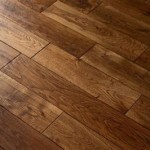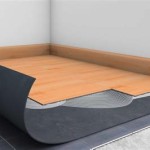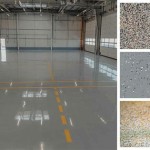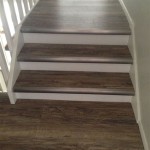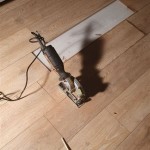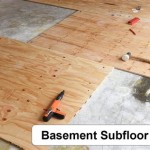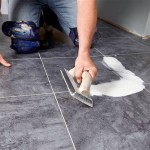DIY Flooring for Home Architecture: Essential Aspects
Transforming the aesthetics and functionality of a home through DIY flooring is a rewarding experience that can dramatically enhance its overall appeal. Understanding the essential aspects of DIY flooring is crucial for ensuring a successful and satisfying project.
1. Plan and Prepare
Meticulous Planning: Thoroughly plan the scope of the project, considering the room size, flooring materials, and underlayment. Ensure accurate measurements and create a layout plan.
Subfloor Preparation: Inspect the existing subfloor for any imperfections, loose boards, or moisture issues. Repair or level the subfloor as necessary to provide a solid base for the new flooring.
2. Material Selection
Types of Flooring: Choose the type of flooring that suits the room's functionality and aesthetic preferences. Options include hardwood, laminate, vinyl, tile, or carpet.
Features and Durability: Consider the specific features of each material, such as water resistance, scratch resistance, and maintenance requirements. Select flooring that meets the intended use of the space.
3. Installation Techniques
Adhesives and Underlayment: Choose the appropriate adhesive or underlayment for the selected flooring type. Follow the manufacturer's instructions carefully for proper application.
Nail or Float: Depending on the flooring type, determine whether it should be nailed or floated. Floating floors are installed without attaching them to the subfloor, while nail-down floors are fastened securely.
4. Finishing Touches
Trim and Moldings: Install baseboards, moldings, and transitions to conceal gaps and create a finished look. Choose trim that complements the flooring and overall design of the room.
Protective Coating: For wooden or laminate floors, apply a protective coating such as polyurethane or wax to enhance durability and protect against wear and tear.
5. Maintenance and Care
Regular Cleaning: Regular maintenance is essential to preserve the beauty and longevity of the flooring. Sweep or vacuum frequently and mop with the appropriate cleaning solutions.
Avoid Damage: Protect the flooring from scratches, dents, or spills. Use furniture pads, rugs, and coasters to minimize wear and tear. Regularly inspect the flooring for any signs of damage.
6. Troubleshooting
Common Issues: Identify potential issues that may arise during or after installation, such as buckling, squeaking, or loose planks. Understand the causes and remedies to address them promptly.
Professional Assistance: If troubleshooting proves challenging, don't hesitate to consult with a flooring professional for expert guidance and support.
Conclusion
Embarking on a DIY flooring project empowers homeowners to create a customized and stylish living space. By understanding the essential aspects outlined above, including planning, material selection, installation techniques, finishing touches, maintenance, and troubleshooting, individuals can execute successful DIY flooring projects that enhance the beauty, functionality, and value of their homes.

Easiest 5 Diy Flooring Solutions Learn To Install On Your Own Inc

Easiest 5 Diy Flooring Solutions Learn To Install On Your Own Inc

20 Great Examples Of Transitions In Flooring

Modern Flooring Ideas 11 Options For Contemporary Homes Inc

Diy Exciting Project For Adding Glass Flooring With Pebble In Your Perfect Home Floors Architecture Floor Recycled Tile

Inexpensive Flooring Options Ideas Instead Of Hardwood Family Handyman

Home Flooring Ideas House Diy

Inexpensive Flooring Options Ideas Instead Of Hardwood Family Handyman

Inexpensive Flooring Options Ideas Instead Of Hardwood Family Handyman

Cordwood Construction Diy Littlethings Com
See Also
